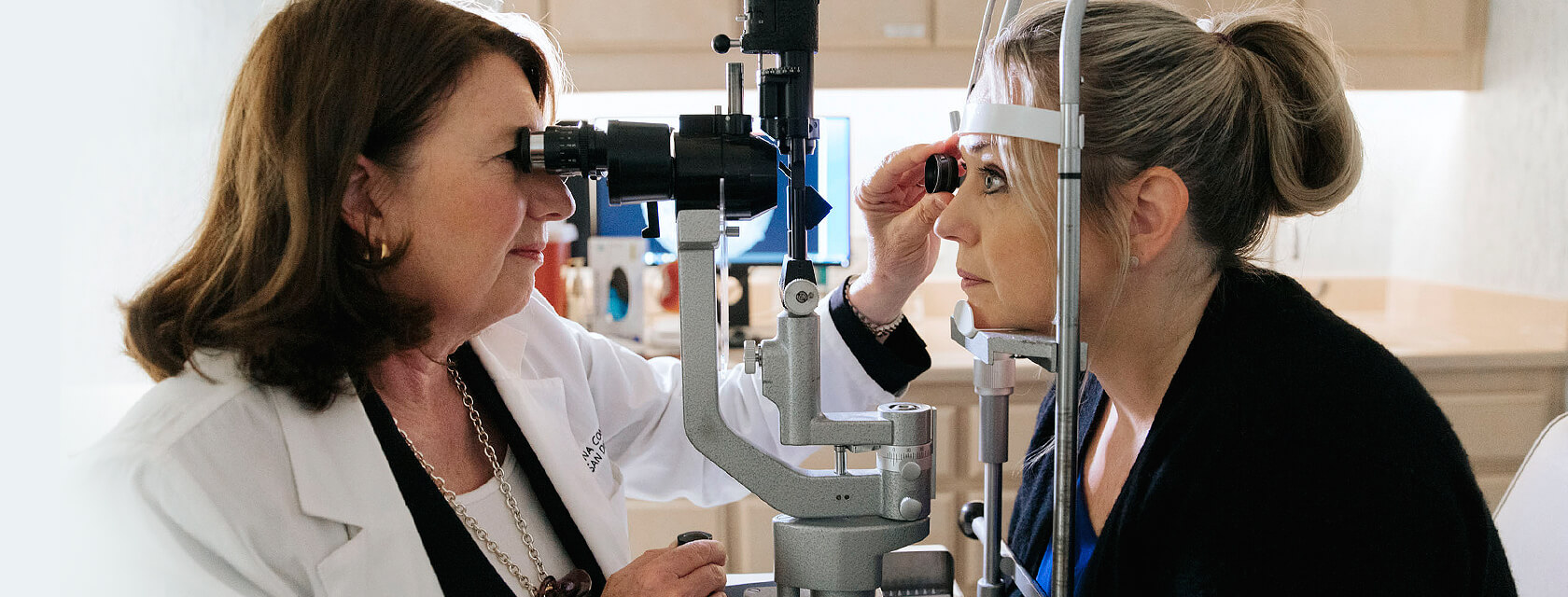Before getting started, read our Retina 101 page.
What are macular holes?
Macular holes are uncommon, full-thickness retinal defects that affect the very center of the macula. They may be associated with trauma, but much more commonly develop later in life during the course of vitreous separation from the macula.
Symptoms
Symptoms depend on the size of the hole, but typically include a small central blind spot with reduced vision.
Findings
Affected eyes have a very small, circular hole at the fovea, typically about 1⁄4 of a millimeter. This can be seen on exam, but is most obvious on an advanced imaging modality called optical coherence tomography (OCT), which can be thought of as an MRI of the retina.
![Retinal imaging of a macular hole, including a color photograph and an optical coherence tomography [OCT] scan.](https://www.rcsd.com/media/pages/retina-conditions/macular-hole/78dfa81878-1679682787/rcsd-figures.008.jpeg)
Treatment
Smaller holes can sometimes be treated in the clinic, with eye drops to reduce swelling in the macula or with a gas bubble to release any residual vitreous adhesion at the edge of the hole. Most, however, patients require surgical repair with vitrectomy – a roughly 30-minute, outpatient, sutureless surgery where the vitreous is removed and the eye is filled with a gas bubble to cover the hole as it heals. Patients need to stay off their backs for about one week following this surgery, but do not need to position face down as is commonly believed.
Outcomes
Patients often do very well. Surgical success rates are 95-100% for most cases, less for very large or long-standing holes. Surgery is not urgent, and should be performed within six months of diagnosis, but typically occur much sooner. Following repair, visual acuity and symptoms typically slowly improve over several months, and may continue to improve for up to two years.

